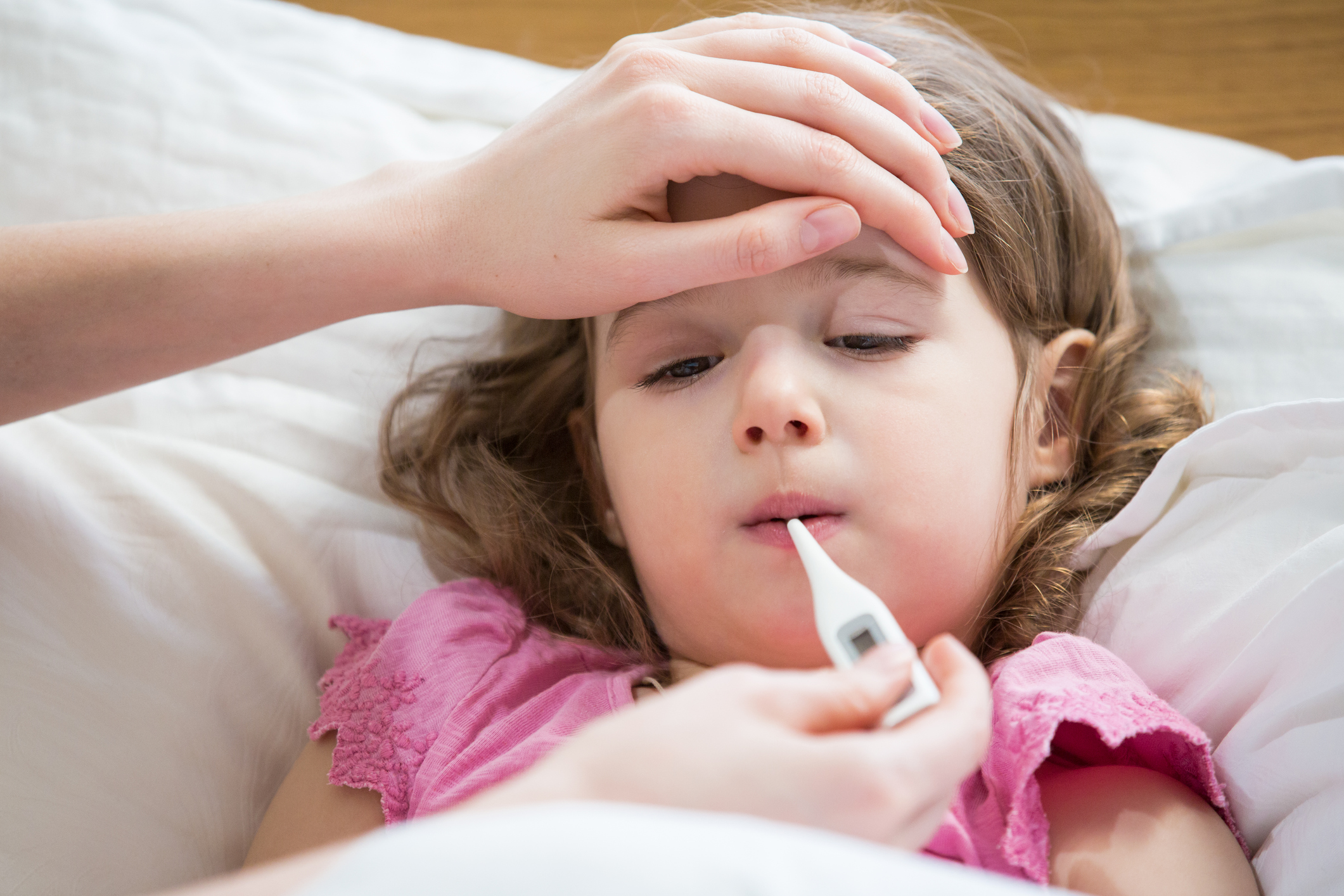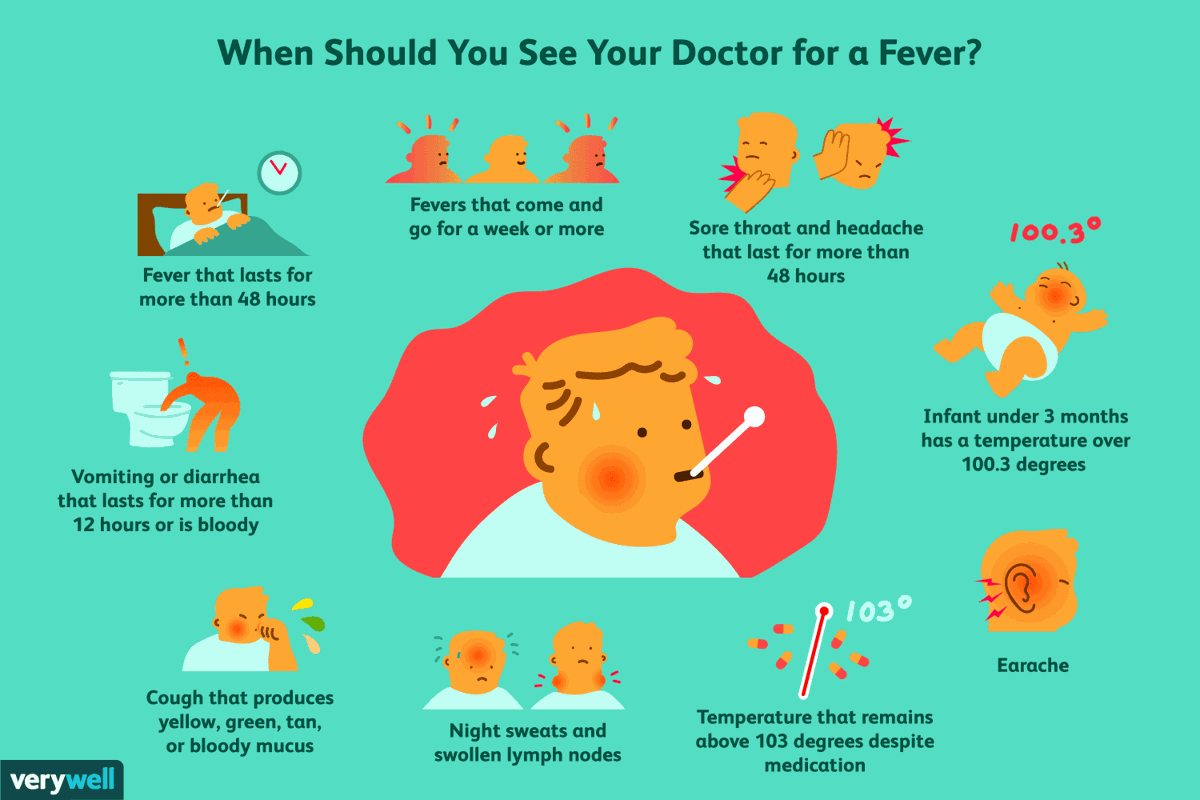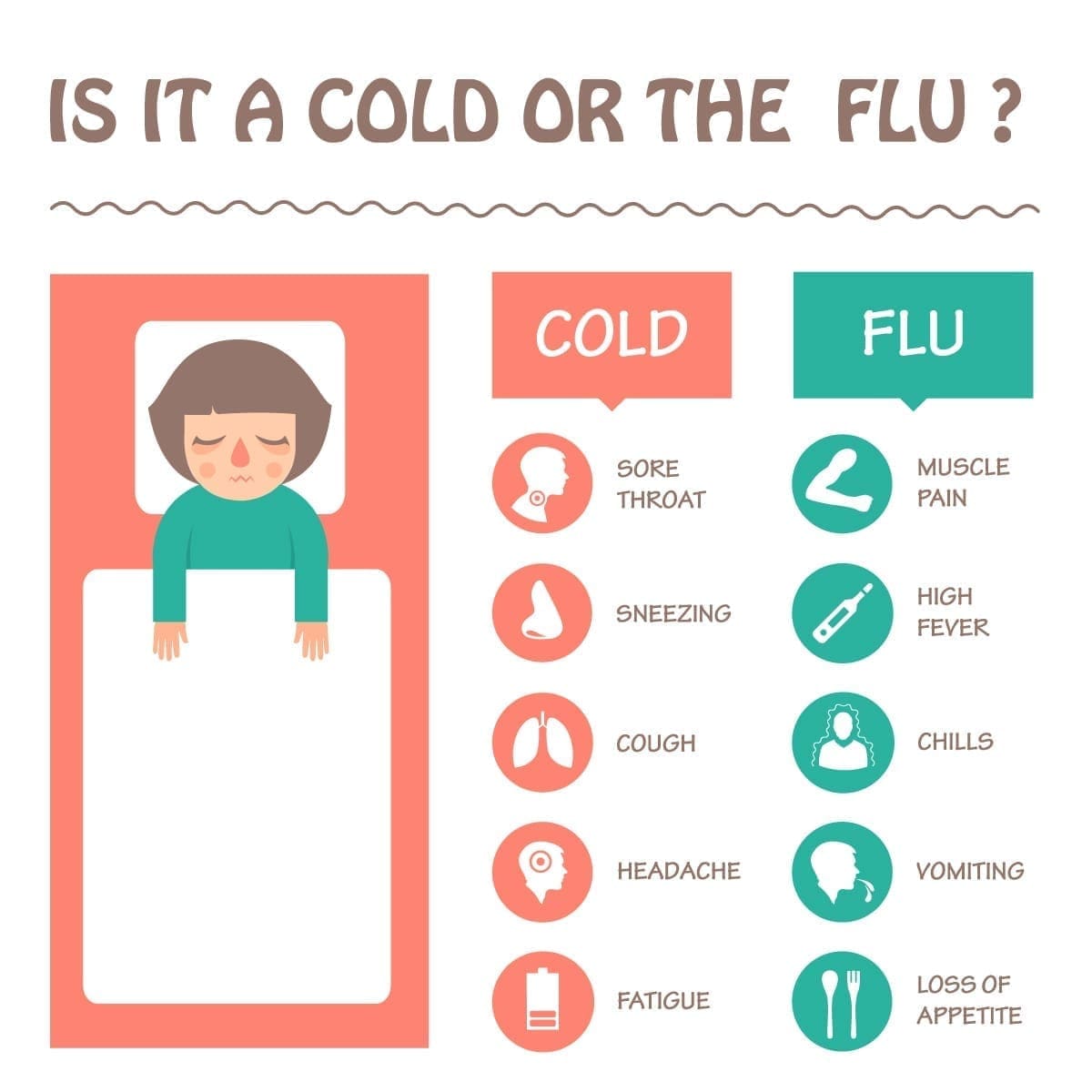First Class Info About How To See If You Have A Fever

But see your health care provider if you have:
How to see if you have a fever. Use the back of your hand to see if you or your loved one’s forehead is warm, as that’s a leading sign of a fever. Call a doctor if the fever persists for more than 3 days or worsens with time. You have a fever if your temperature is above 100.4°f (38°c).
Call the doctor if the fever is accompanied by a severe headache, stiff neck, shortness of breath, or other unusual signs or symptoms. The forehead feels hot when felt with the back of the hand. These are signs of a febrile seizure.
Fever greater than 101.3 degrees fahrenheit (38.5 degrees celsius) that lasts more than three days. It’s considered 100.4° f degrees or higher, according to the centers for disease control and prevention (cdc). So if you or a loved one does develop a high temperature, you might be worried that it's coronavirus.
But, like a normal body temperature, a fever isn’t necessarily cut and dry. A fever is the body’s way of battling an illness. If the child is under five years old, it is recommended you take their temperature under their armpit using a digital thermometer.
Symptoms / fever fever a fever is when your body temperature is higher than your normal average temp. You have other symptoms, such as shivering (chills), sweating or warm, red skin (this may be harder to see on black or brown skin) Fevers usually aren’t a serious concern.
The most common symptoms associated with a fever are feeling hot or flushed, chills, body aches, sweating, dehydration, and weakness. But normal body temperature varies from person to person. Check to see if you or your loved one is sweating or shivering without cause—the body may be reacting to its internal temperature.
If you're uncomfortable, take acetaminophen (tylenol, others), ibuprofen (advil, motrin ib, others) or aspirin. Characteristics types when it's serious causes treatments when to go to the er takeaway you may need to get plenty of rest and drink fluids to help your body heal. Using a thermometer is the best way to tell if there is a fever.
The only way to know for sure that you have a fever is by taking your temperature with a thermometer, confirms david erstein, md, an allergist and immunologist based in new york. Sweating can be a sign of a fever and may be a sign of dehydration as well. Nationally, norovirus positivity rates have been hovering between 10% and 12.5% since early january.
If you're experiencing one or more of these symptoms, and. It may not have been a cold after all. The region has been seeing over 13% of norovirus tests come back.
A temperature taken using a mouth thermometer (oral temperature) that's 100 f (37.8 c) or higher is generally considered to be a fever. Method 1 diagnosing fever 1 take your temperature if you have a thermometer. You may have a high temperature if:

_FINAL-800x920.jpg?MOD=AJPERES&CVID=)
















